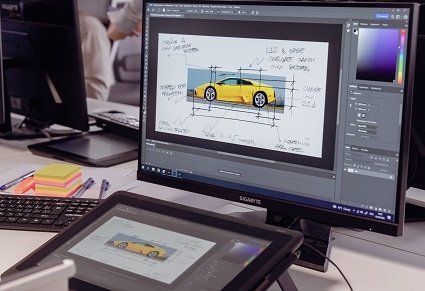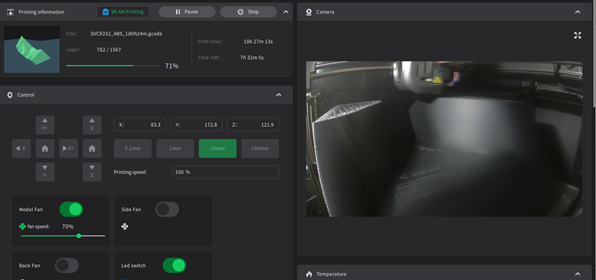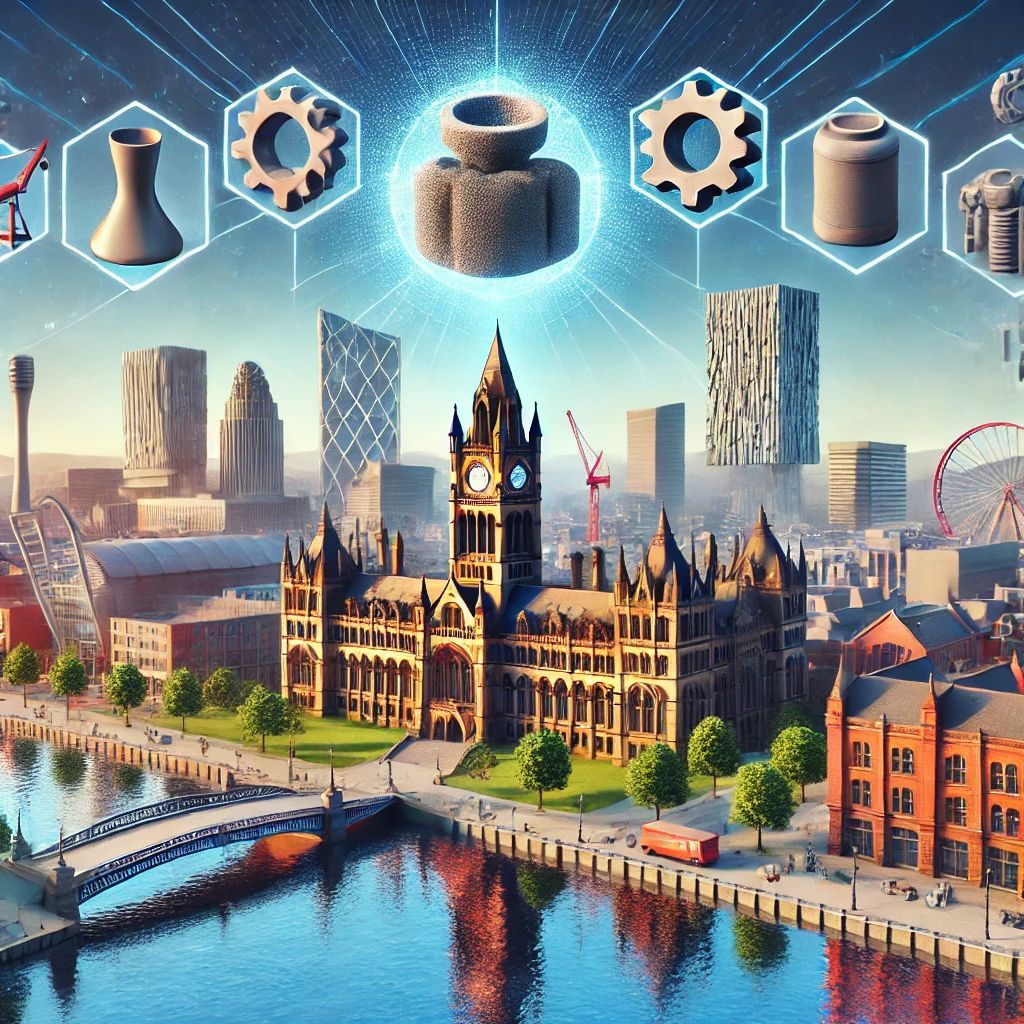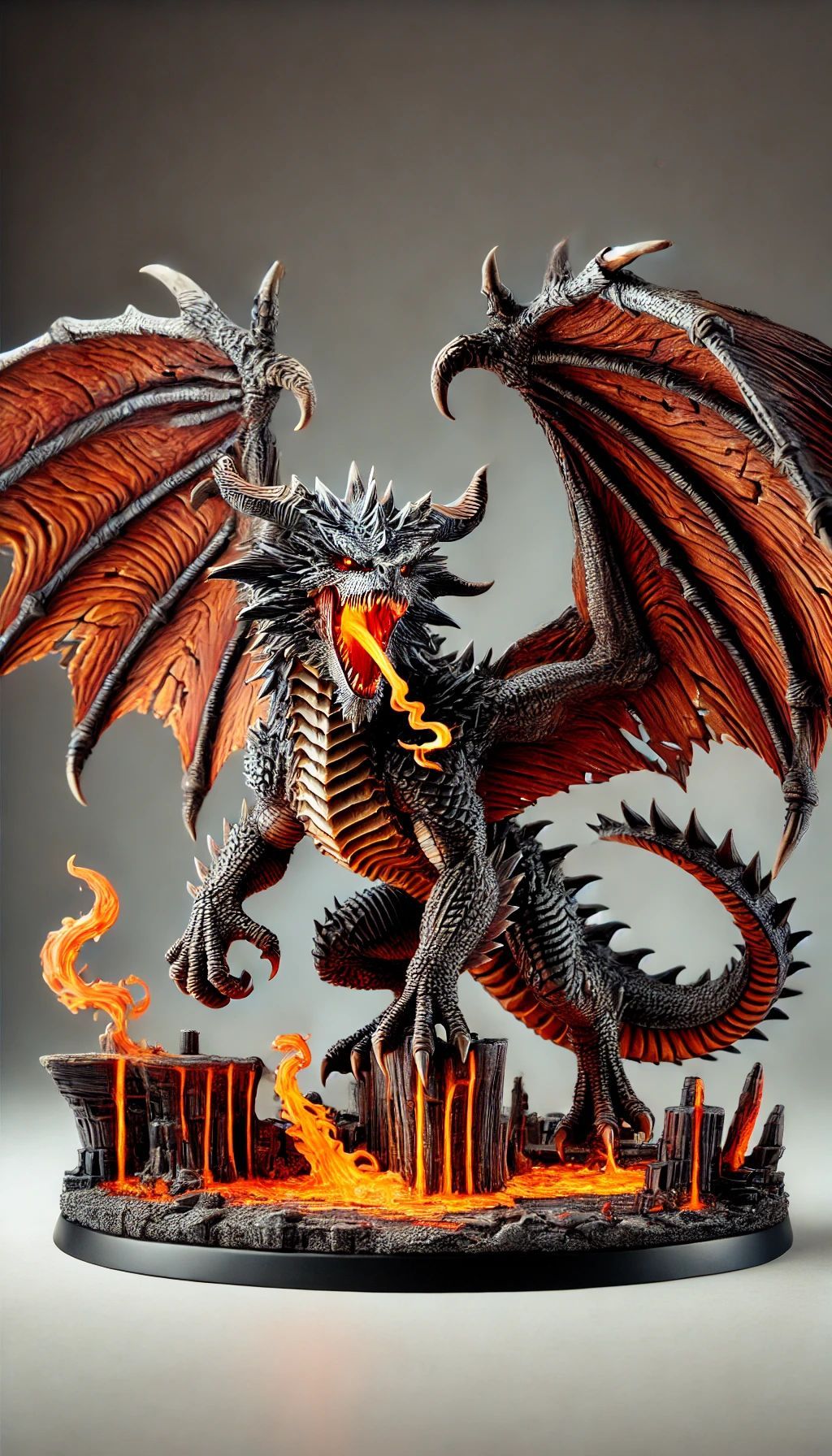How to get an Affordable Priced prototype
3D Printing Prototypes for the Manufacturing Industry: How to Get One at an Affordable Price

Manufacturing is the process of adding value to raw materials. It begins with raw materials and ends with finished products. A prototype plays a significant role in the manufacturing process.
It helps you evaluate different design ideas before launching a final product. Prototypes are essential for evaluating your new design, testing market demand and gaining user feedback before investing in mass production.
Although the initial cost of creating prototypes can be high, it’s worth the upfront investment to avoid spending more money later on scrapped designs or reworking final products to meet specifications.
To help you get started on your next project, here is an article that covers everything you need to know about 3D printing prototypes for the manufacturing industry at an affordable price
The Importance of a Good 3D Printed Prototype
The quality of your prototype determines the success of your final product. A prototype could be low- or high-resolution. Low-resolution prototypes are made quickly and cheaply, which is great for testing certain design aspects of your product but not appropriate for others.
For example, if you’re testing to see if your new button design is easy to press, a low-resolution prototype will work. But if you’re testing to see if your button design matches the correct color of your design, a low-resolution prototype will be insufficient.
A high-resolution prototype is an accurate representation of your product and is the best prototype to give potential investors, test a new design and launch a new product.
Different Types of 3D Printed Prototypes
Low-resolution prototypes are made quickly and cheaply to test certain design aspects of your product. Low-resolution prototypes are great for testing button and other functional elements on your product but not appropriate for testing color or texture.
Low-resolution prototypes are best used for testing functionality, button functionality and basic design. Low-resolution prototypes can be made using a 3D printing service like Sculpteo, 3D Hubs or i.materialise.
Higher-resolution prototypes are made to test both the functionality and design of your product. Higher-resolution prototypes are best used for testing product design elements, color and texture.
Higher-resolution prototypes can be made using 3D printing services like Sculpteo, 3D Hubs or i.materialise. Semi-finished prototypes are made to test functionality and design but look more like the final product.
Semi-finished prototypes are best used for testing the aesthetics of the product and feel more like the final product. Semi-finished prototypes can be made using a 3D printing service like Sculpteo, 3D Hubs or i.materialise.

How to Get a Cheap 3D Printable Prototype?
Before you start designing prototypes, first decide which elements in your design you want to prototype. A good rule of thumb is to only prototype design elements that are critical to your product’s success. This could be the shape and size of something or the texture of a surface.
Determine the level of prototype you need.
- Low-resolution prototypes are great for testing basic design elements, like the size and shape of your product.
- Higher-resolution prototypes are designed to test both design and aesthetics.
- Higher-resolution prototypes are more expensive and require more time to produce, as they are more similar to a finished product.
Find a 3D printing service that offers affordable prototype printing.
3D Printing for Industrial Machinery
When designing a new product, it’s important to consider the end users. Are they familiar with the product? If so, does the new design meet their expectations? If not, how can the design be made simpler for the user?
By 3D printing prototypes for your new product design, you can test the accessibility, operability and safety of the design. To test accessibility and operability, you can 3D print a mock-up of your new design to see if it is accessible and operable.
You can test if the design is safe by 3D printing safety features, like a button cover or a guardrail.
3D Printing for Consumer Goods
When designing a new product, it’s important to consider the user experience. To get feedback on your design, you can 3D print a mock-up of your product.
Mock-ups are great for testing button and other functional elements on your product.
To test the aesthetics of your product, it’s best to 3D print a semi-finished product. Semi-finished products are a more advanced version of a mock-up.
Semi-finished products are a bit more realistic than mock-ups but are not a fully finished product.
What does a 3D printed manufacturing prototype look like?
A 3D printed manufacturing prototype might look like a 3D printed design with a printed color, 3D printed design with a design texture or a semi-finished product.
When designing your prototype, keep in mind that your product will be manufactured with materials such as plastic or metal.
For example, if you’re designing a button cover on your product, it’s best to 3D print a design texture to represent the material you will use to manufacture the button.
Different Types of Prototypes
There are three different types of prototypes:
- mock-ups, : A mock-up is a quick and cheap prototype that’s great for testing functionality and design.
- low-resolution prototypes : Low-resolution prototypes are quick and cheap prototypes that are designed to test aesthetics.
- high-resolution prototypes : A high-resolution prototype is a more advanced and expensive prototype that’s designed to test functionality and design with an added focus on aesthetics.
Tips to Print Your Own Manufacturing Prototypes
When designing your prototypes, keep in mind that your product will be manufactured with materials such as plastic or metal. For example, if you’re designing a button cover on your product, it’s best to design it with a design texture to represent the material you will use to manufacture the button.
When designing your prototypes, keep in mind that your manufacturing process will include more steps than your prototype production process. When designing your prototypes, consider your timeline. Prototype production can take anywhere from a few days to a few weeks, depending on the service you use.
When designing your prototypes, consider the design details that could be overlooked at prototype stage. For example, the size of a button might look correct in your prototype, but the size might be off by a few millimeters when manufactured.
Conclusion
Prototypes are essential for evaluating your new design, testing market demand and gaining user feedback before investing in mass production. The importance of a good 3D printed prototype cannot be understated as it can make or break your product launch.
To get a cheap 3D printed prototype, first, determine which elements in your design you want to prototype. Next, determine the level of prototype you need.
Mock-ups are great for testing basic design elements, low-resolution prototypes are designed to test aesthetics and high-resolution prototypes are designed to test functionality with an added focus on aesthetics.












